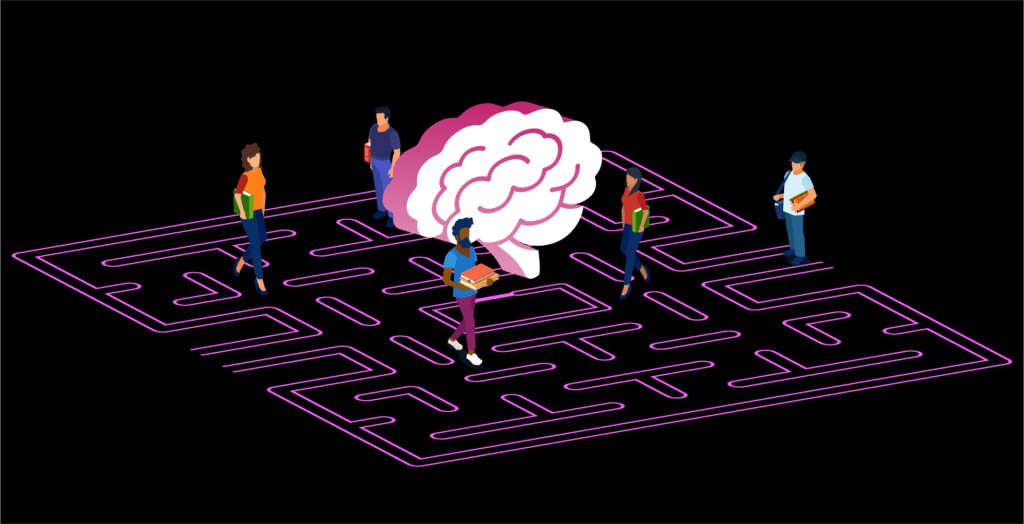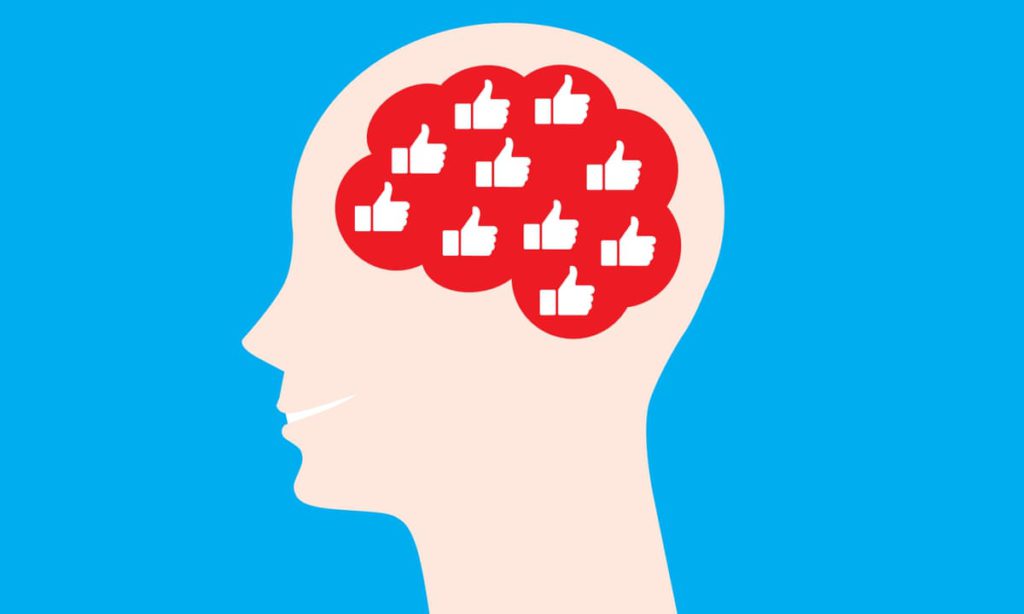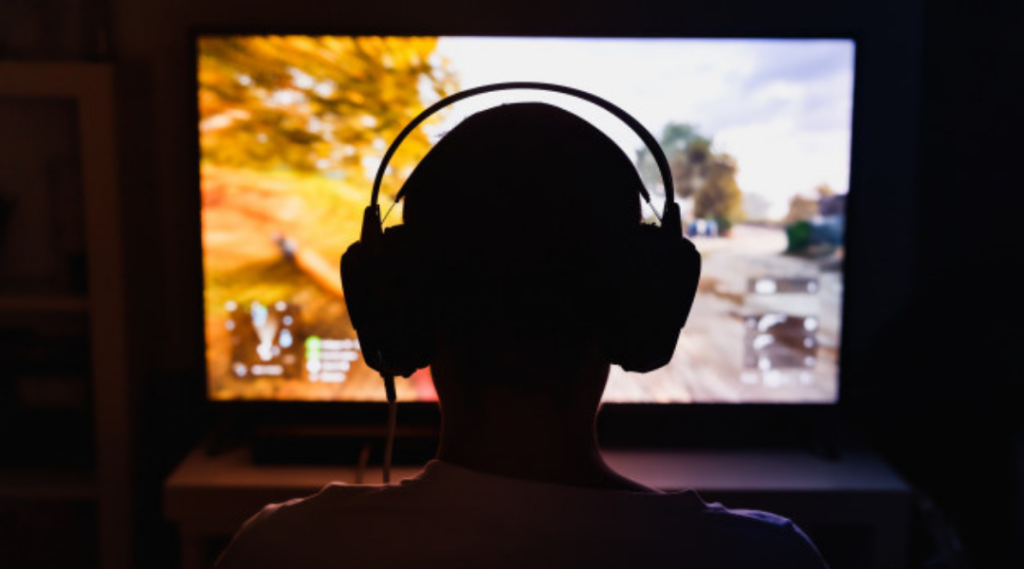If I was to ask what you thought the most important part of gambling was, you would most likely say winning. What if I told you it was actually based around narrowingly losing.
Take the worldwide phenomenon, Fortnite. Millions of gamers play Fortnite each day with a majority losing quite frequently.
So, what makes people go back time and time again only to lose? In short, gamification.
Gamification & The Near-Miss Effect
You have more than likely come in contact with gamification at some point, whether it’s through Starbucks reward programmes or in-game purchases. Fortnite’s use of gamification has attracted huge attention over the past couple of years with some believing it has negative connotations. While playing, gamers receive small rewards such as finding hidden treasures. With each small win, the brain is awarded a small release of dopamine; a hormone associated with the anticipation of pleasure.
Alternatively, when someone loses, they start to rationalize the reasons why they lost and even blame things that were out of their control. When this occurs, players’ begin to act irrationally which results in them wanting to start again and again in the hopes of a different outcome.
Rationalizing your losses by categorizing them as one missed shot or one wrong answer is what psychologists call the near-miss effect.

Gamblers experience the near-miss effect all the time, the ones who almost had the winning horse, or were one number away from winning the lottery will repeatedly spend more money to play.
This is where both gamers and gamblers intersect, they both can feel the high of winning by not actually winning. The magic lies in getting them close to the feeling of winning and because they are so close they naturally feel the sensation and continue to play more and more.
The slot machine analogy describes this perfectly – by pulling the lever you anticipate a random reward, what the reward is doesn’t matter, however, the anticipation of the surprise is what draws you in.
How Random Rewards Effect Consumer Behaviour
If you continually ate your favourite food every day, you would quickly begin to dislike that food. Our brains much rather random rewards over constant ones, this is known as the variable reward schedule.
Essentially, we prefer not knowing when our rewards are coming, like refreshing your social media newsfeed, it doesn’t matter what you get, because the random and pleasant rewards keep you coming back for more.
The variable reward schedule has practical use and has been applied in the world of dating apps. You carelessly swipe and swipe in an almost zombie-like state until finally, you match! The physiological reaction that occurs in your brain is caused by the chemical, dopamine. Because our brains never know when this reaction occurs, we put more and more time into swiping just in the hope we get our fix.
Our brains are extremely adaptive, they will eventually learn to pre-emptively provide dopamine hits, further reinforcing the dopamine loop caused by the variable reward schedule. Just the possibility of a match is enough to keep us swiping day in day out.

There are stark differences in the way in which both men and women use dating apps like Tinder. In general, men have been shown to use a “casual liking strategy” – being less selective in their approach. Women tend to be less passive and take more time their decision. This results in women receiving more matches, and men getting less. This results in women getting many matches which enables them to be more selective. On the other hand, if you’re getting fewer matches, you will be inclined to like more people in order to increase the probability you’ll get a match. This means there is a positive reward for women using the app as they are nearly guaranteed to get matches, creating a positive reward loop.
For men, fewer matches and a random schedule means they are compelled to spend more time swiping right in order to increase the potential that they’ll match with someone.
Another example of an app that does this to great effect is Spotify. Their strategy is variation, consistency, surprise, and pleasure. These concepts can be applied to both an experience and a product.
The app uses random intervals to provide their users versions of ‘rewards’. These rewards come in the form of discovering a song you didn’t know you liked or receiving 30 minutes of ad-free music.
Spotify offers Discover Weekly playlists whereby the app will predict music based on your listening preferences. Like pulling the lever on the slot machine, the user will keep shuffling through music, uncertain as to what they will get until finally, something they like! The unpredictability entices the user even further as the idea of the surprise reward is rewarding enough itself, which is facilitated through dopamine.
Gamification is a powerful tool that compels people to act irrationally in the face of winning and losing. Anticipation and the near-miss effect are powerfully persuasive tools that can captivate our subconscious in unassuming ways.
How Can Brands Use Gamification To Increase Engagement?
By gamifying your customer experience you open the door to engaging your consumers on a subconscious level. It centres around adding game-like mechanisms to a non-traditional game environment in order to influence your audience to engage in certain desired behaviours. Brands can offer subtle nudges to push customers towards these desired behaviours by implementing a variable reward schedule and reward loop, resulting in a steady, highly engaged audience. The goal is to get your customers to eventually turn behaviours into habits, therefore creating sustainable engagement.






